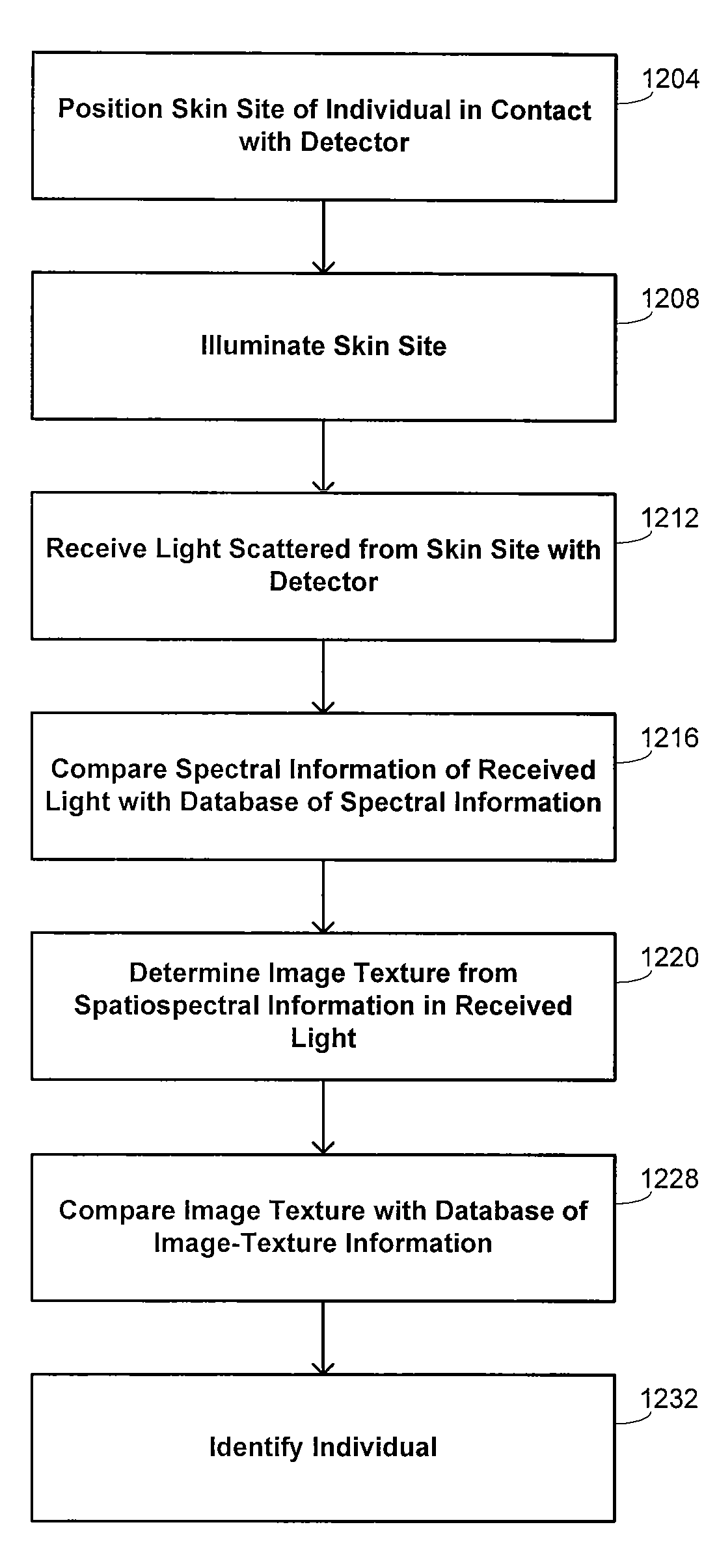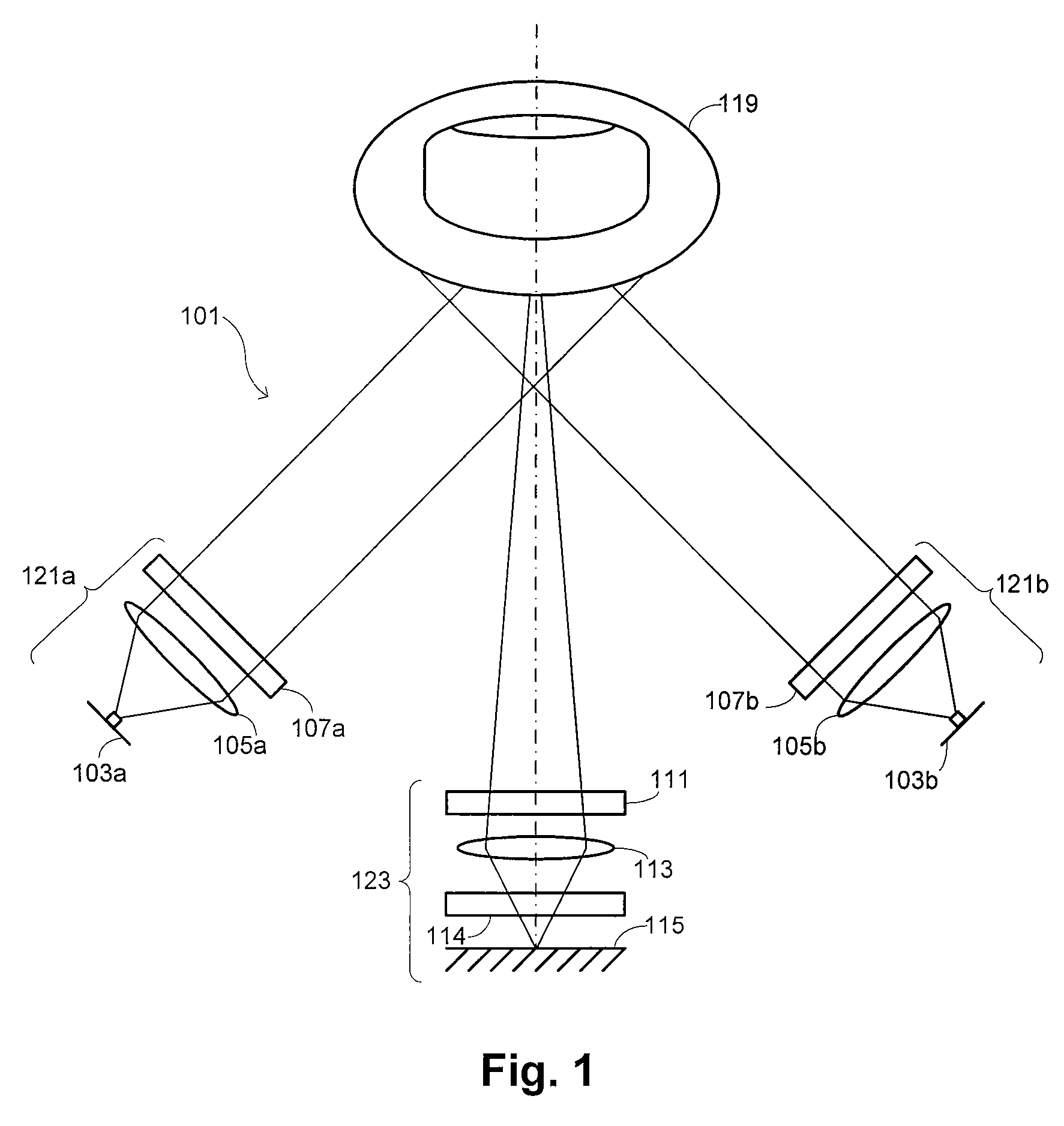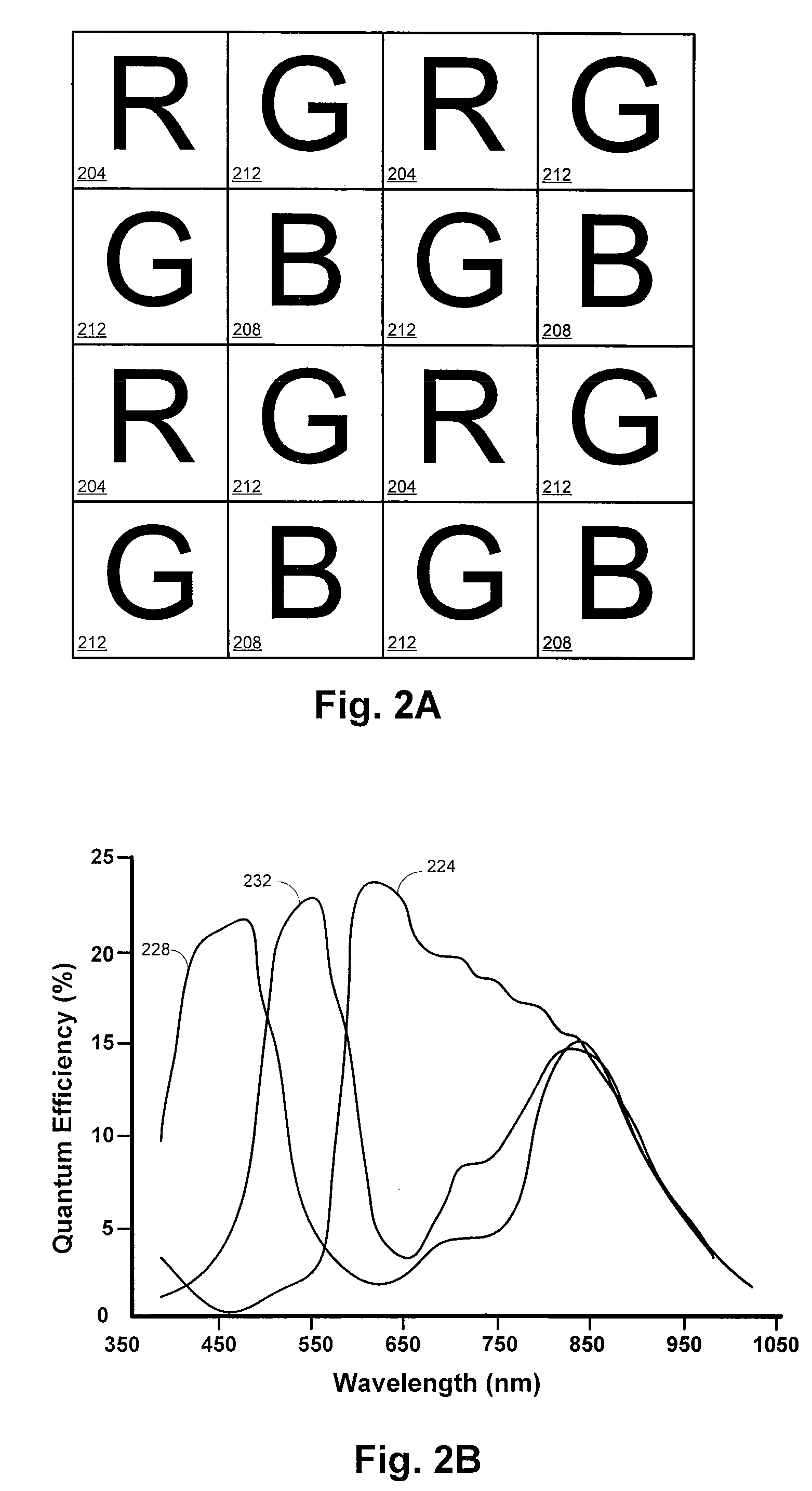Texture-biometrics sensor
a biometric and sensor technology, applied in the field of biometrics, can solve the problems of reducing image contrast, poor image contrast, and particularly susceptible to image quality problems of optical fingerprint readers
- Summary
- Abstract
- Description
- Claims
- Application Information
AI Technical Summary
Benefits of technology
Problems solved by technology
Method used
Image
Examples
Embodiment Construction
1. Overview
[0046]Embodiments of the invention provide methods and systems that allow for the collection and processing of a variety of different types of biometric measurements, including integrated, multifactor biometric measurements in some embodiments. These measurements may provide strong assurance of a person's identity, as well as of the authenticity of the biometric sample being taken. In some embodiments, a sensor uses white light that penetrates the surface of the person's skin, and scatters within the skin and / or the underlying tissue. As used herein, “white light” refers to light that has a spectral composition amenable to separation into constituent wavelength bands, which in some cases may comprise primary colors. The usual primary colors used to define white light are red, green, and blue, but other combinations may be used in other instances, as will be known to those of skill in the art. For clarity, it is emphasized that “white light” as used herein might not appear...
PUM
 Login to View More
Login to View More Abstract
Description
Claims
Application Information
 Login to View More
Login to View More - R&D
- Intellectual Property
- Life Sciences
- Materials
- Tech Scout
- Unparalleled Data Quality
- Higher Quality Content
- 60% Fewer Hallucinations
Browse by: Latest US Patents, China's latest patents, Technical Efficacy Thesaurus, Application Domain, Technology Topic, Popular Technical Reports.
© 2025 PatSnap. All rights reserved.Legal|Privacy policy|Modern Slavery Act Transparency Statement|Sitemap|About US| Contact US: help@patsnap.com



